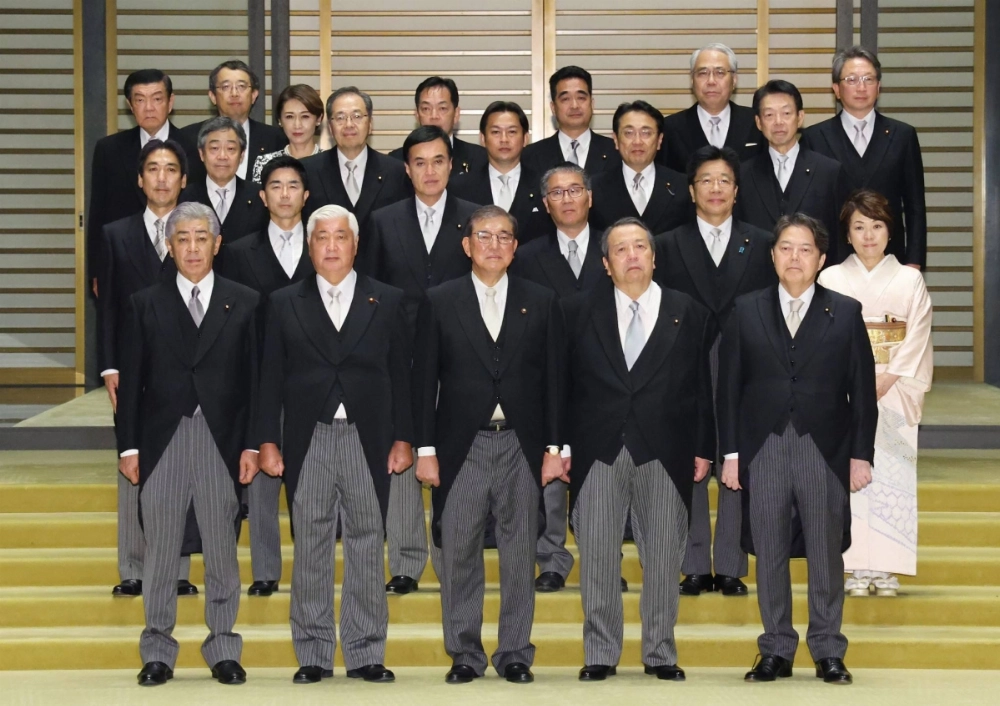New Prime Minister Shigeru Ishiba took office on Tuesday, but he will get no honeymoon period as he looks to unite a divided Liberal Democratic Party ahead of an Oct. 27 general election amid internal strife over his picks for his Cabinet and the party lineup.
Ishiba unveiled his Cabinet the same day as his election as prime minister by parliament, having announced senior party appointments a day earlier. The new leader selected those who were largely untainted by a party political funds scandal that heavily damaged public trust in the LDP.
"The first thing we must do in order to win back people's trust is make political reforms. If politics costs money, we must explain this in a careful and thorough manner. It is, of course, necessary to disclose the money collected with complete transparency," Ishiba said at a late Tuesday evening news conference.


















With your current subscription plan you can comment on stories. However, before writing your first comment, please create a display name in the Profile section of your subscriber account page.